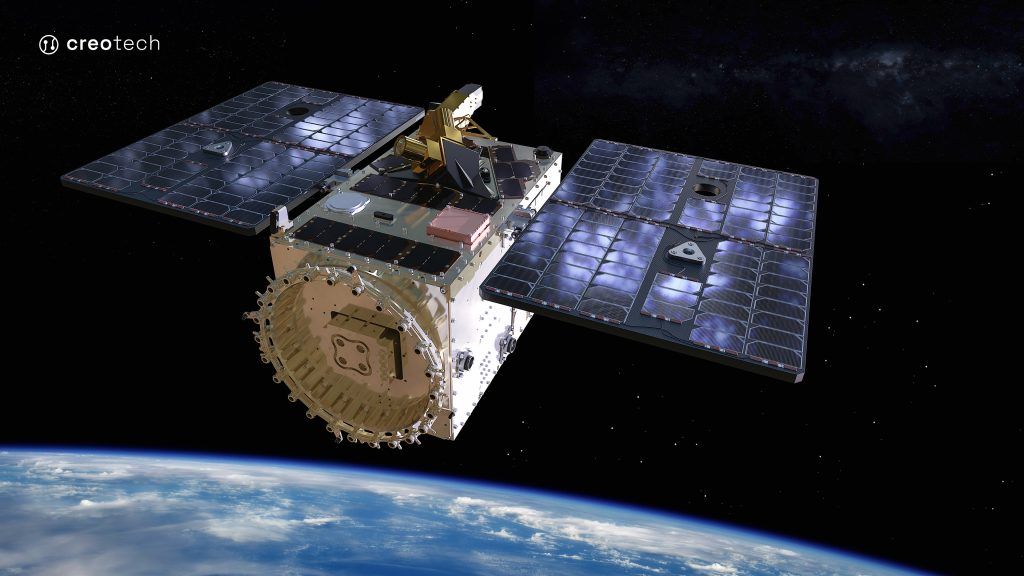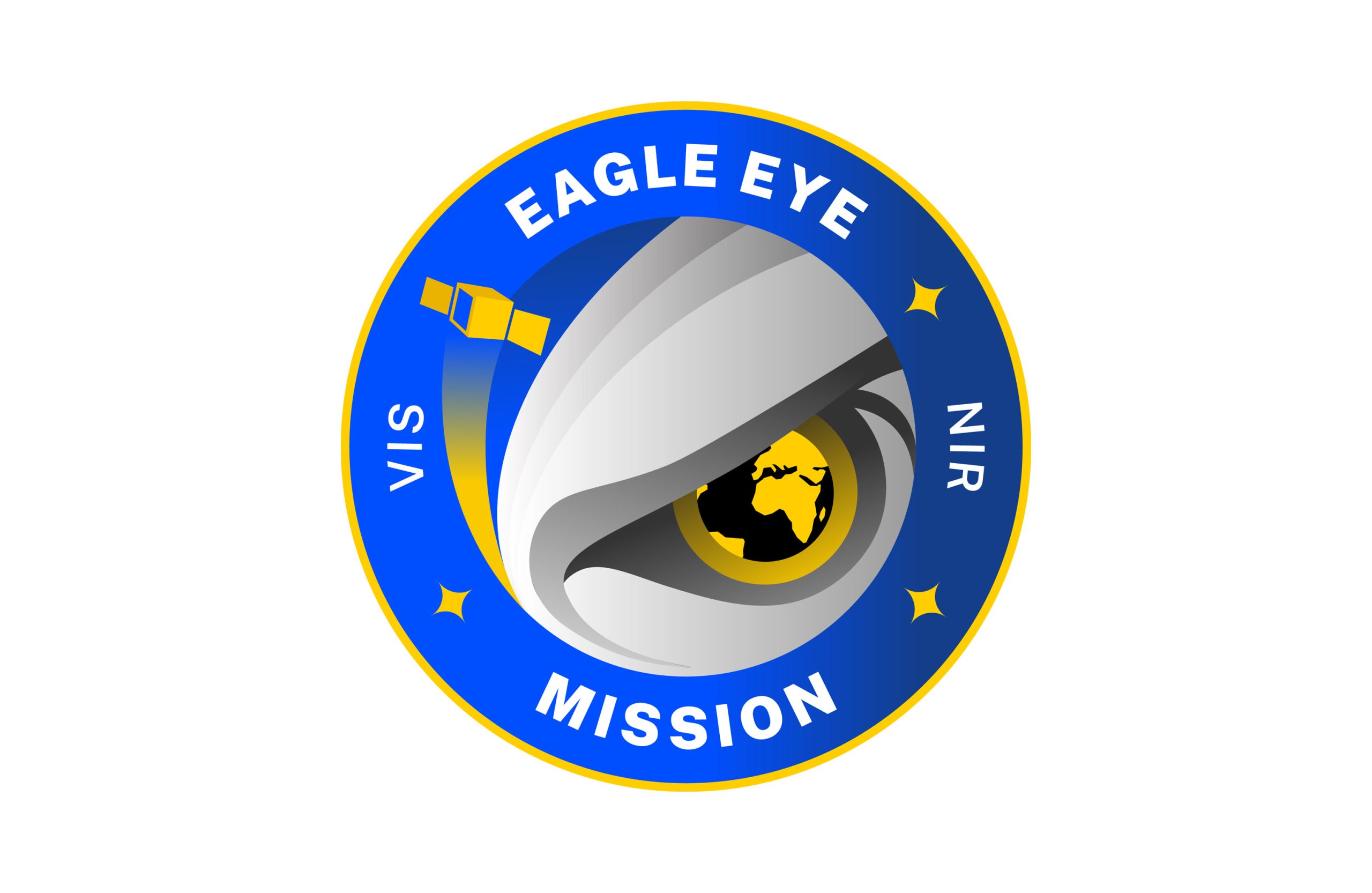This year will see the launch of Poland’s largest and most advanced satellite to date into Earth orbit. Developed by Creotech Instruments, Scanway, and the Space Research Center of the Polish Academy of Sciences (CBK PAN), EagleEye is based on the proprietary HyperSat platform. This platform enables a wide range of space missions and is already a critical component of many national and European projects, both civilian and defense. The mission scheduled for this year will substantially expedite the commercialization process of the platform. Constructed entirely within Poland and engaging local companies, EagleEye enhances national capabilities in designing small satellites and signifies a pivotal advancement for the Polish space sector. This initiative paves the way for local enterprises into the rapidly expanding and lucrative market for the design, construction, integration, and launch of smallsats.
Despite the swift growth of the space market, only eight manufacturers in Europe have a demonstrated capability of building satellites exceeding 50 kg. Worldwide, there are only a few dozen such companies. The primary barrier to entry is the complex engineering involved.
“The groundbreaking nature of the EagleEye mission is highlighted by the fact that the mass of our satellite is comparable to the mass of all the Polish satellites built since the beginning of Poland’s involvement in space exploration. EagleEye will weigh over 50 kg and, in addition to our proprietary HyperSat platform, will also serve as a testbed for the first Polish high-resolution Earth imaging system by Scanway and an instrument computer developed at the Space Research Centre of the Polish Academy of Sciences. The mission is therefore of great significance not just for Creotech, but also for the other consortium members and the entire Polish space sector. We are opening the door for domestic entities to the rapidly growing and profitable market of designing, building, integrating, and launching small satellites weighing more than 50 kg,” comments Grzegorz Brona, PhD, President of the Management Board (CEO) of Creotech Instruments S.A.
EagleEye Mission
EagleEye is the first satellite designed and built in Poland weighing more than 50 kg. As such, it has the chance to place Poland among the elite group of countries capable of creating such advanced space systems for domestic needs, the European Space Agency, or commercial clients worldwide.

A distinctive feature of the EagleEye mission will also be its ability to operate in very low Earth orbit (VLEO). This capability allows the satellite to descend to an altitude of about 300-350 km, which improves the quality of Earth imaging. However, it also presents engineering challenges. In VLEO, the residual Earth’s atmosphere significantly affects the spacecraft. This required the engineers working on EagleEye to design the satellite in a way that allows it to use propulsion to continuously maintain its precise orientation and orbit altitude. Currently, EagleEye is successfully undergoing final tests and external inspections to meet the rigorous standards required by SpaceX before integration with the Falcon 9 rocket.
As the consortium leader, Creotech Instruments is responsible for the entire EagleEye mission, including preparing the HyperSat satellite platform and its components, integrating the satellite, and launching it into Earth orbit in cooperation with ExoLaunch, a SpaceX integration operator. The company is also responsible for ensuring communication once the satellite is in orbit. EagleEye is equipped with a precise optical telescope designed and manufactured by Poland’s Scanway S.A. and an instrument computer developed by the Space Research Centre of the Polish Academy of Sciences.
The development of the HyperSat satellite platform, which is the basis of the EagleEye mission, began in 2017 as a response by Creotech Instruments to the growing demand for small satellites. One notable feature of the platform is its modularity, which allows for customization to meet individual customer requirements for various applications and profiles. This modularity also allows for scaling the platform to support satellites weighing more than 50 kg. The company plans to service satellites weighing up to 200 kg within a few years, opening access to a new, even higher-margin market segment.
“The EagleEye project, even prior to its launch into orbit, marks a significant milestone in the development of the Polish space sector and contributes to job growth in the high-tech industry. The national capability to build advanced civilian and military satellites aligns with the long-term direction of the Polish space sector’s development. They also allow for fully “Made in Poland” constellations and the development of a nationwide network of companies supplying essential components for the national satellite construction value chain. In the future, the HyperSat platform may serve missions involving radar, communication, 5G connectivity, the Internet of Things, as well as scientific, security, defense, and orbital logistics purposes,” adds Grzegorz Brona.
The HyperSat platform is currently attracting significant attention from clients. It was chosen by Germany’s OHB for a groundbreaking mission to test satellite refueling in orbit. Additionally, ESA has awarded Creotech Instruments a contract for phase 0-A of its second-largest lunar mission in 20 years, which will aim to map the natural resources of the Moon. This ambitious mission will also utilize a satellite based on the HyperSat platform. Furthermore, the platform is poised to become a standard in the REACTS project under the European Defence Fund, aimed at establishing European rapid-response capabilities in crisis situations. It also serves as a foundation for domestic missions, such as PIAST, and a potential future military constellation.
Creotech Instruments has identified a wide range of at least a dozen potential clients, including international institutions and commercial enterprises, interested in utilizing the HyperSat platform for their unique space missions.
Smallsat Market
According to a report by BryceTech[1], up to 96% of all spacecraft launched by humanity into space in 2022 were small satellites – objects weighing less than 600 kg – which have dominated the market in recent years. These satellites offer a cost-effective alternative to larger, more complex predecessors, with competitive functionality. This is made possible by advancements in electronic component miniaturization, advanced imaging systems, operation in lower orbits, and the utilization of AI algorithms.
“The strategic utilization of orbital data and satellite internet communication, particularly observed during the conflict in Ukraine, highlights the crucial security benefits provided by small satellites. Their low production costs allow armed forces to deploy larger constellations within the same budget, enabling expedited access to precise imaging of key areas, sustained communication in threat scenarios, and continuous surveillance of adversary electronic and radio signals. Satellites in the 50-200 kg range, known as micro- and mini-satellites, are typically used for these advanced tasks. Despite their small size and thanks to their low cost, further reduced by serial production, these spacecraft allow for the execution of far more sophisticated missions than the smaller CubeSats,” explains Marcin Mazur, Project Manager for EagleEye at Creotech Instruments.
Between 2013 and 2022, the smallsat market surged to USD 30bn. According to the analytics firm Euroconsult, projected trends indicate a climb to USD 111bn by 2032.[2] An average of over 2,600 satellites is expected to be launched annually between 2023 and 2032, amounting to more than seven smallsats. This category includes SpaceX’s Starlink satellites for internet connectivity, Planet’s OneWeb for optical Earth imaging, and Spire’s navigation satellites, among others. Smallsats are increasingly utilized for precise Earth observation in visible and infrared light, radar applications, and providing global radio communication with ships and aircraft.
[1] https://brycetech.com/reports/report-documents/Bryce_Smallsats_2023.pdf
[2] https://www.euroconsult-ec.com/press-release/smallsat-market-keeps-growing-despite-supply-challenges-and-starlink-moving-to-larger-form-factors/

 Subscribe to receive latest news:
Subscribe to receive latest news: